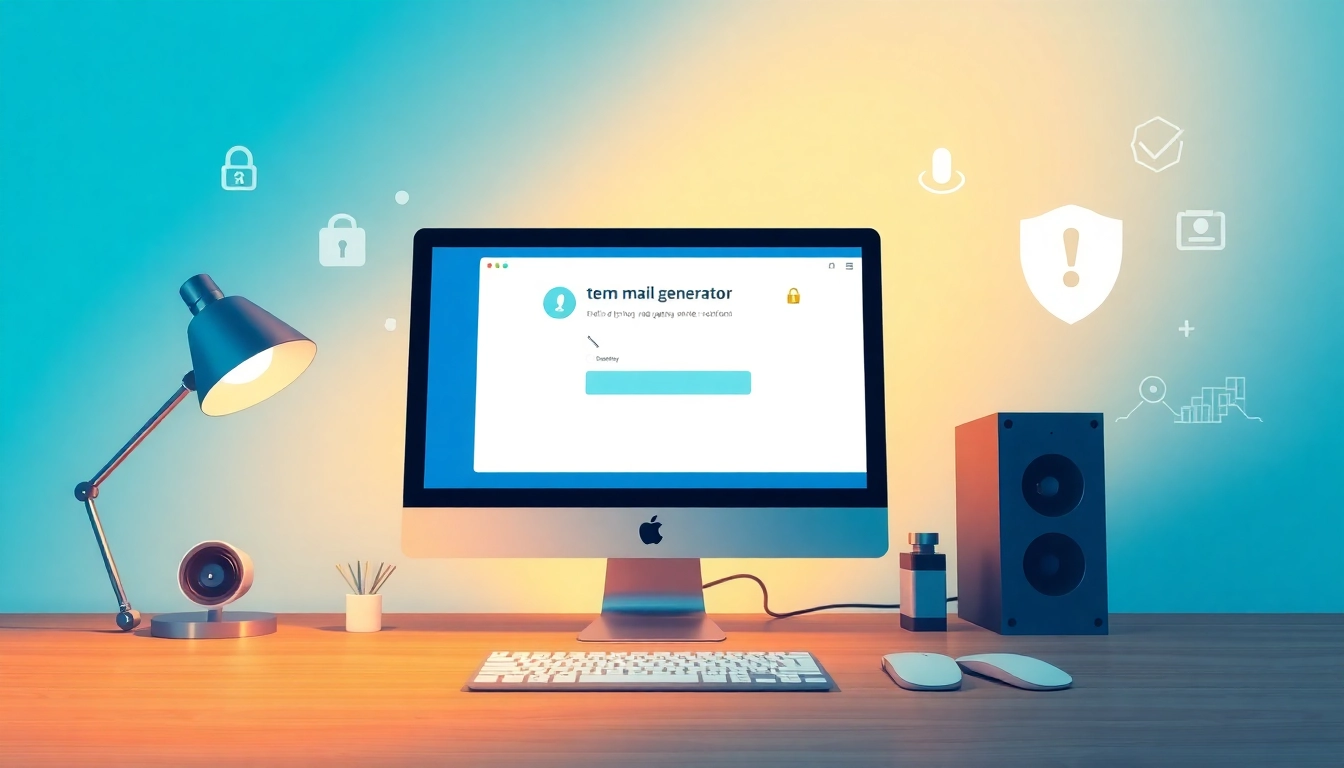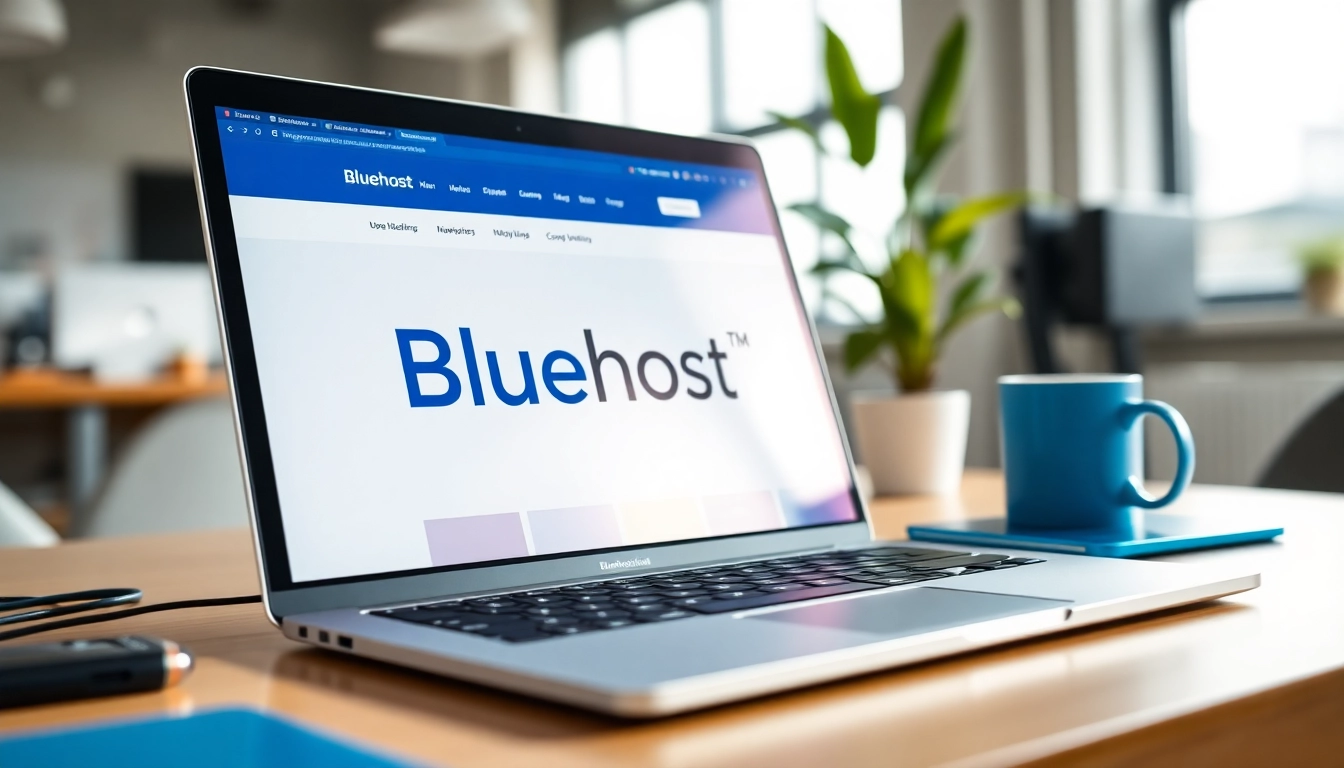Introduction to Temporary Email
With the rapid growth of the internet and digital communication, privacy and security concerns have surged. One effective solution to these issues is the use of temporary email. This innovative service provides users with a disposable email address that can be used for a variety of tasks online, ensuring that personal email addresses remain uninterrupted and secure. In this article, we will delve into what temporary email is, its benefits, common applications, and best practices for effective use in your daily life.
What is Temporary Email?
Temporary email, also known as disposable email or throwaway email, is a service that generates email addresses on demand. These email addresses are typically valid for a short period, allowing users to receive messages without revealing their personal or professional email accounts. Once the designated period expires or an email session concludes, the temporary address becomes inactive, effectively removing any trace of the user’s activity associated with that address. This unique feature grants users the ability to interact online while minimizing exposure to unwanted communication.
Benefits of Using Temporary Email
The advantages of using a temporary email service are multifold:
- Enhanced Privacy: By using a temporary email address, users can safeguard their personal information from data mining and unwanted tracking.
- Spam Reduction: Since temporary email addresses are disposable, they can be used to receive one-off confirmations or newsletters. This significantly reduces spam in your main inbox.
- Anonymity: Temporary email allows users to sign up for websites and apps without disclosing their true identities, further preserving their online persona.
- Convenience: Creating a temporary email address is quick and easy, enabling users to receive emails without going through lengthy registration processes.
Common Uses for Temporary Email
Temporary email addresses can be utilized in various scenarios, including:
- Website Registrations: Easily register for websites that require an email without risking spam in your primary inbox.
- Testing Applications: Developers can use temporary addresses to test features of their applications requiring email confirmation without cluttering their main inboxes.
- Receiving Confirmations: Signing up for trials or services that require verification ensures you still receive relevant information without long-term consequences.
- Social Media Accounts: Many users create temporary accounts on social media platforms to interact casually or to minimize their digital footprint.
How Temporary Email Works
Understanding the operational mechanics behind temporary email services is crucial for optimal usage. These services efficiently generate, manage, and deactivate email addresses according to user needs.
Creation of Temporary Email Addresses
The creation process of a temporary email address is typically instantaneous. Users visit a temporary email service provider’s website, where they can:
- Select an auto-generated address or create a custom one.
- Specify the lifespan of the address (from mere minutes to several days).
- Snap up email without requiring personal information.
This simplicity permits users to generate multiple addresses for varied purposes as needed.
Receiving and Managing Emails
Once a temporary email address is created, users can start receiving emails. These services usually present a straightforward dashboard where:
- Incoming emails are visually organized.
- Users can read, manage, or delete messages easily.
- Attachments, if allowed by the service, can also be viewed or downloaded.
The temporary nature of these email addresses ensures that once an email address is no longer needed, all messages can be disposed of without any ramifications for the primary email account.
Duration and Lifespan of Temporary Emails
The lifespan of a temporary email can vary widely based on user preference and the service used. Common timeframes include:
- Minutes: Ideal for one-time registrations or confirmations.
- Hours or days: Useful for applications and trials that extend over a longer period, ensuring continued access to communication without the commitment of a permanent email.
After the specified duration, the service typically deactivates the address, rendering any messages sent after that point unattainable.
Advantages of Temporary Email Over Traditional Email
While traditional email systems offer a range of valuable features, temporary emails present distinct advantages that cater to specific needs and concerns.
Enhanced Privacy and Anonymity
In a world where identity theft and data privacy are top concerns, the use of temporary email addresses has gained popularity. Users can easily maintain anonymity while interacting with companies, services, or platforms without sacrificing personal data. This is particularly important in the age of targeted advertising and profiling, where personal information can be exploited for profit.
Reduced Spam in Your Main Inbox
Creating a separate temporary email address significantly decreases the chances of spam overwhelming your primary inbox. Users can manage subscriptions effectively, avoiding long-term consequences while retaining access to necessary transactional emails during the temporary period. This secure boundary between personal correspondence and promotional content cultivates a more organized workspace.
Convenience for Online Registrations
There are times when a user might only require access to a service or website briefly. Temporary emails offer an ideal workaround for these scenarios. They streamline the registration process and eliminate unnecessary hurdles, making it easier for users to engage and disengage from platforms as needed. This fluidity helps navigate an increasingly complex digital landscape while keeping personal information secure.
Best Practices for Using Temporary Email
Choosing a Reliable Temporary Email Service
When selecting a temporary email provider, key factors should be considered:
- Reputation: Research service reviews to gauge reliability and effectiveness.
- Security Features: Ensure the service protects user data and communication adequately, reducing the risk of exposure.
- Functionality: Assess the interface for user friendliness, including ease of email management and access to attachments.
- Lifespan Flexibility: Choose providers offering varied lifespan options to tailor to your specific needs.
Tips for Protecting Your Privacy
While using temporary email addresses offers significant privacy benefits, there are additional measures users can adopt to further enhance their security:
- Avoid Personal Information: Do not provide additional identifying details when using any temporary email services.
- Use Strong Passwords: If the service offers account control features, ensure strong passwords are employed to secure your temporary inbox.
When Not to Use Temporary Email
Despite their numerous advantages, temporary email addresses aren’t suited for every situation. Users should refrain from employing them in scenarios like:
- Account Recovery: If access to a long-term account is needed, permanent email addresses will facilitate recovery processes more reliably.
- Important Communications: Avoid using temporary emails for significant transactions or messages requiring follow-up, as the address may expire before vital interactions occur.
Conclusion: Embracing Temporary Email for a Cleaner Inbox
The digital age demands adaptability and vigilance with privacy and security. The effective use of temporary email services can drastically improve your online experience by streamlining communications and safeguarding personal information. By integrating the aforementioned practices into your daily online interactions, you will not only enhance your privacy but also cultivate a cleaner, more organized inbox.
Final Thoughts on Temporary Email
Temporary email services represent a shift towards more mindful online interactions. While they provide immediate solutions to privacy concerns, understanding their limitations ensures their responsible use. Embracing temporary email can lead to a more efficient, organized, and balanced digital experience.
The Future of Temporary Email Services
As digital privacy concerns continue to escalate, the demand for effective ephemeral communications solutions will likely grow, driving innovation in temporary email services. Users can expect an expanding array of features, including enhanced security measures, better user interfaces, and more options for managing and using temporary email addresses effectively.
Encouraging Responsible Use
Ultimately, the responsibility lies with the user. Approaching the use of temporary email with awareness and caution will maximize its benefits while minimizing risks. By balancing convenience with security, users will become adept at navigating the complexities of the digital world, employing temporary emails as a valuable tool in their online toolkit.














Leave a Reply